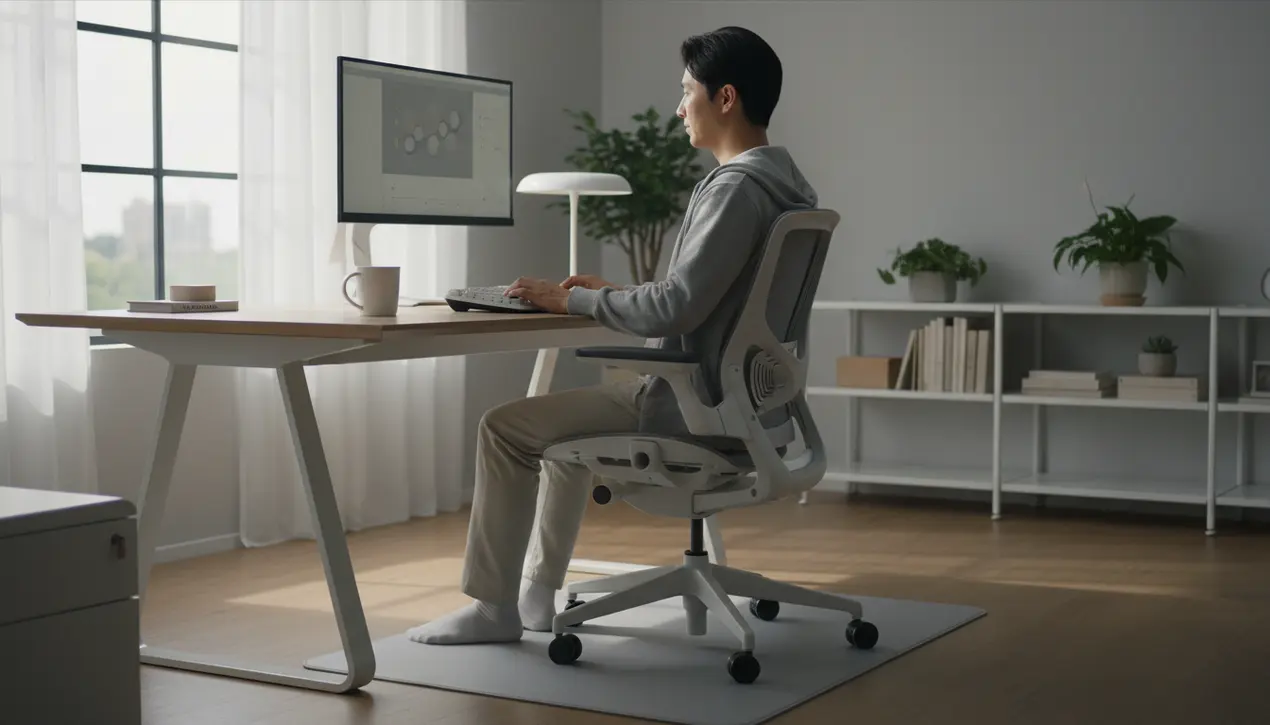
Otherreal estateHousing Market Trends
Branch's Guide to Ergonomic Gifts From Surface to Seat
AN
Andrew Blake
10 hours ago7 min read3 comments
In the sprawling ecosystem of remote work, the quest for the perfect home office setup has evolved from a niche concern into a mainstream preoccupation, a shift that companies like Branch are keenly capitalizing on with their curated selection of ergonomic gifts. This isn't merely about buying a chair or a desk; it’s about investing in the infrastructure of our daily lives, a topic that fascinates me as a generalist who loves connecting disparate dots.Think about it: the mass migration to working from home, accelerated by global events, created a massive, unplanned experiment in occupational health. Suddenly, millions were cobbling together workspaces from dining tables and couches, leading to a documented surge in complaints about back pain, eye strain, and carpal tunnel syndrome.This is where ergonomics transitions from corporate buzzword to personal necessity. Branch’s guide, targeting everyone from the fastidious home office perfectionist to the coffee-shop-hopping digital nomad, taps directly into this cultural moment.It’s a recognition that comfort is intrinsically linked to performance and that good design is no longer a luxury but a fundamental tool for sustained productivity. I find myself diving into the history of this, recalling how the concept of ergonomics—or human factors engineering—really took hold post-World War II, when designers realized that aligning equipment with human capability wasn't just nice, it was critical for survival and efficiency in complex systems like aircraft cockpits.Fast forward to today, and the principles are being applied to our digital battle stations. An ergonomic chair isn't just a seat; it's a biomechanical support system engineered to preserve spinal health over an eight-hour stretch of coding or Zoom meetings.A monitor arm is more than a piece of metal; it's a tool for maintaining neutral postures that can prevent debilitating neck strain. What’s particularly interesting is the psychological dimension that often gets overlooked.A well-organized, physically comfortable workspace can significantly impact mental focus and reduce cognitive load, a concept explored in areas like environmental psychology. When you’re not constantly shifting in your seat or squinting at a screen, your brain has more resources to dedicate to the task at hand.Furthermore, the rise of the digital nomad has added another layer, demanding products that are not only ergonomic but also portable and aesthetically versatile—a standing desk converter that fits in a suitcase, a keyboard that feels like a full-sized model but folds in half. The market is responding with incredible innovation, and guides like this serve as a crucial filter.Of course, one must consider the economic angle: this is a multi-billion dollar industry, and with major tech companies formalizing permanent remote or hybrid policies, the demand for high-quality home office equipment is not a fleeting trend but a permanent market shift. It makes you wonder about the future—will we see smart desks with integrated AI that subtly adjusts height throughout the day based on our posture? Will biometric feedback from wearables automatically tune our chair's lumbar support? The possibilities are vast. Ultimately, Branch’s guide is more than a shopping list; it’s a commentary on how we are re-engineering our immediate environments to better serve our bodies and minds in this new era of work, a fascinating convergence of health, design, and technology that deserves a deep, curious look.
#ergonomic
#home office
#gifts
#productivity
#featured
#workspace
#design
#comfort
Stay Informed. Act Smarter.
Get weekly highlights, major headlines, and expert insights — then put your knowledge to work in our live prediction markets.
Related News
Comments
Loading comments...
© 2025 Outpoll Service LTD. All rights reserved.